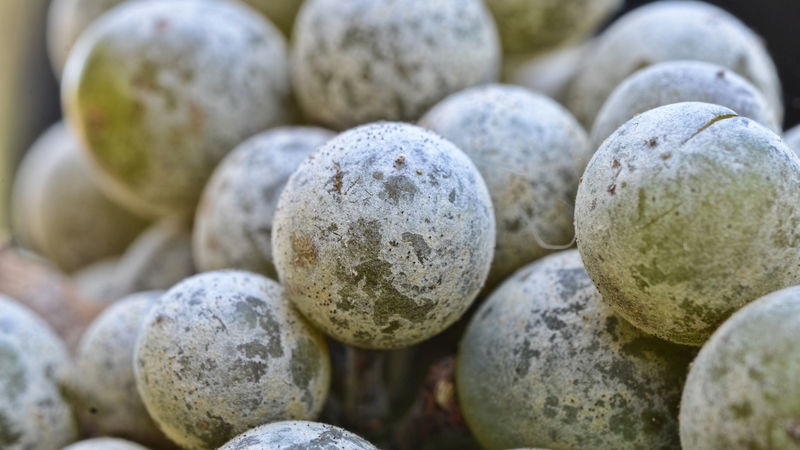Putting In A Good Word
Last column, we talked about a few of the terms that are important to greenhouse tomato growers. I’m sure it became apparent that growers seem to have a language of their own.
This time, we will get into a few more terms and their definitions, including some that are used to describe diseases and pesticides. Once we all speak the same language, it is easier to discuss problems and diagnostics with each other.
The Latest Terms
Corolla: all of the flower petals considered together make up the corolla. The corolla of the plant has five yellow petals.
Liquid concentrate: a formulation of pesticide sold in concentrated liquid form; it must be diluted with water before being applied.
Media: this is the plural word for material in which plants are grown, such as perlite, pine bark, or peat moss. When talking about only one, the word is medium, the singular form of the word media.
Mho, Millimho, Micromho: units of electrical conductance used to estimate fertilizer concentration to determine how strong a fertilizer solution has been mixed; there are 1000 millimhos in a mho, and 1,000,000 micromhos in a mho. Note: this word backwards is ohm, the electrical unit or resistance.
Mycelium: a mass of fungal growth consisting of branching, threadlike hyphae.
Necrosis: a dead or dying area of plant tissue.
Node: the point on the stem where a leaf is attached. The internode is the part of the stem between the nodes.
Parasite: an insect or other organism that searches for a pest species and deposits its eggs into that species. The immature parasites develop within the pest, eventually killing it.
Pedicel: the flower stalk that holds a single flower.
Peduncle: the fruit stalk that holds a cluster of fruit.
pH: measurement of how acidic or basic (alkaline) a solution is; less than 7 is acidic; more than 7 is basic. Tomatoes prefer solution or soil a bit on the acidic side.
Plant disease: a sick, malfunctioning plant; includes leaf spots, cankers, wilts, rots, nutrient deficiencies and toxicities, and various fruit and environmental disorders.
Pollinate (pollination): transfer of pollen from anther (male flower part) to stigma (female flower part); with greenhouse tomatoes, this is done with an electric pollinator or with bumblebees.
Predator: an insect or other organism that actively searches for and eats a pest species, thus helping to control or limit its population.
Relative humidity: the amount of water in the air divided by the amount of water the air could hold if saturated, at a particular temperature; expressed as a percentage.
Sclerotia: compact masses of hyphae, usually in the form of a hard, round, or irregularly shaped structure, which can survive adverse conditions.
Spore: a reproductive structure of a fungus (like a seed).
Systemic: a pesticide that is absorbed by the plant, either through the roots or leaves, and translocated to other plant parts, where it controls insect or disease pests; also refers to a pathogen, such as a virus, that spreads inside the plant.
Transpiration: the flow of water from the plant to the atmosphere, such as evaporation of moisture from the plant through the leaf surfaces.
Virus: microscopic organisms having a strand of nucleic acid surrounded by a protein coat and capable of causing disease in tomato, such as tomato spotted wilt virus, tomato yellow leaf curl virus, and tomato mosaic virus.
Wet wall: an evaporative cooling system, also called a cool pad system; cools by pulling water-saturated air into the greenhouse, which then vaporizes, absorbing heat in the process; the exhaust fans then remove the warmed vapor.
Wettable granule: a formulation of pesticide sold as a dry granule that must be dissolved in water before being applied.
Wettable powder: a formulation of pesticide sold as a dry powder that must be dissolved in water before being applied.










